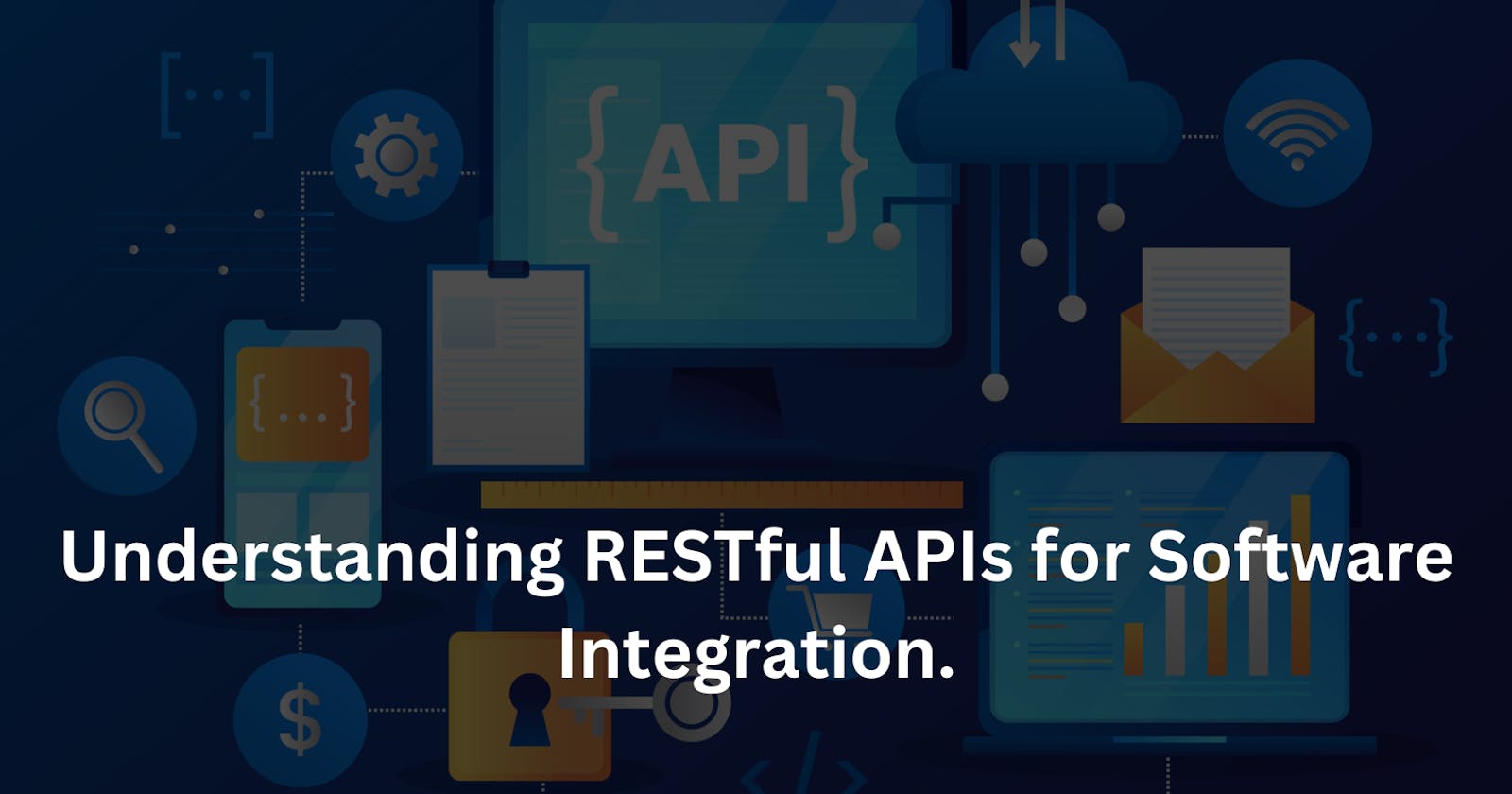Introduction
Representational State Transfer(REST) has emerged as a popular architectural style for designing APIs(Application Programming Interfaces) that facilitate this integration. In this article, we’ll dive into the principles, best practices, and strategies for building RESTful APIs that promote effective software integration, and in this article, we will have a step-by-step guide to building a REST API.
Overview of RESTFUL APIs
REST API is based on the principle of REST which allows two pieces of software to communicate with each other, and use a set of remote calls through HTTP methods for requests (GET, POST, PUT, DELETE) and these have become the standard for web services.
Importance of RESTful APIs
A number of reasons why REST APIs are preferred we will look at only two:
Scalability: Due to the separation of client and servers, a product using REST API can be scaled by the development team without much difficulty
Flexibility and Simplicity: RESTful API requests can make the migration of data from one server to another quite simple.
Purpose and Scope
This article aims to provide software engineers with a comprehensive guide to managing RESTful APIs.
Understanding REST principles:
RESTful architecture is guided by several principles, including:
Uniform Interface: The uniform interface is fundamental to the design of any RESTful web service. It indicates that the server transfers information in a standard format. The formatted resource is called a representation in REST.
Statelessness: This refers to a communication method, whereby the server completes every client request, independently of the previous request.
Method Code on demand: REST architecture can extend client functionality based on the code to the client, an example would be when a registration form is filled and the browser highlights
Designing RESTful APIs
Identify Resources:
The first step in designing a RESTful API is identifying the core resources that your API will work with and how they will be represented. For example, data such as users, products, or orders represent the primary elements of an application.
HTTP Methods:
The next step would be to use the HTTP methods to perform CRUD(Create, Read, Update, Delete) operations on resources. Common methods are:
GET: Retrieve resources
POST: create a new resource
PUT: update an existing resource
DELETE: remove a resource
URI Structure:
Creating meaningful and predictable Uniform Resource Identifiers(URIs) is essential for a Restful API’s usability.
Versioning:
To ensure smooth transitions and updates, it’s important to have a versioning strategy in place for your API. For example, /v1/users and v1/orders/users.
Authentication and Authorization:
Securing your API is paramount. A RESTful web service must authenticate requests before it can send a response. Authentication is the process of verifying an identity.
Data Formats:
JSON(Javascript Object Notation) has largely become the de-facto format for sending and receiving API data.
Let us look at the data formats REST API supports:
application/json: this is used for most of the resources and it indicates JSON(Javascript Object Notation).
application/xml: This connotes extensible Markup Language(XML) and is used for selected resources.
Application/x-wbe+xml: This is used for a small number of resources, to support import and export.
multipart/form-data: this is used to support uploading files from a browser.
Status Codes:
Rest APIs require the server to respond in certain ways and this server response can contain the following:
The status line contains a three-digit status code that communicates the request's success or failure.
Common HTTP Status Codes:
200 OK: Request accepted
201 CREATED: Resource was created
204 No Content: request accepted nothing to return
303: Status code indicates redirection to another resource
400 Bad request: this means the server was unable to process the request
404 Resource not found: Unable to find the resource that was requested
500 Internal server error: Request to server failed.
Conclusion:
In this article, we talked about Restful APIs and how they are designed, their importance, and common status codes among other things, to solidify all we talked about, a practical look at building a RESTful API using Node.js and Express.
Sources:
https://www.liquidweb.com/kb/what-is-rest-api-an-overview/
https://www.linkedin.com/pulse/principle-restful-api-design-resource-centricity-opeyemi-odebode/
https://www.ibm.com/docs/en/odm/8.8.1?topic=resources-rest-api
